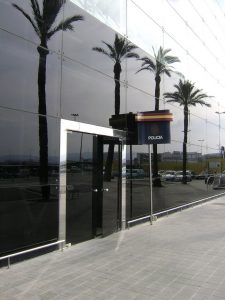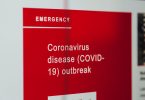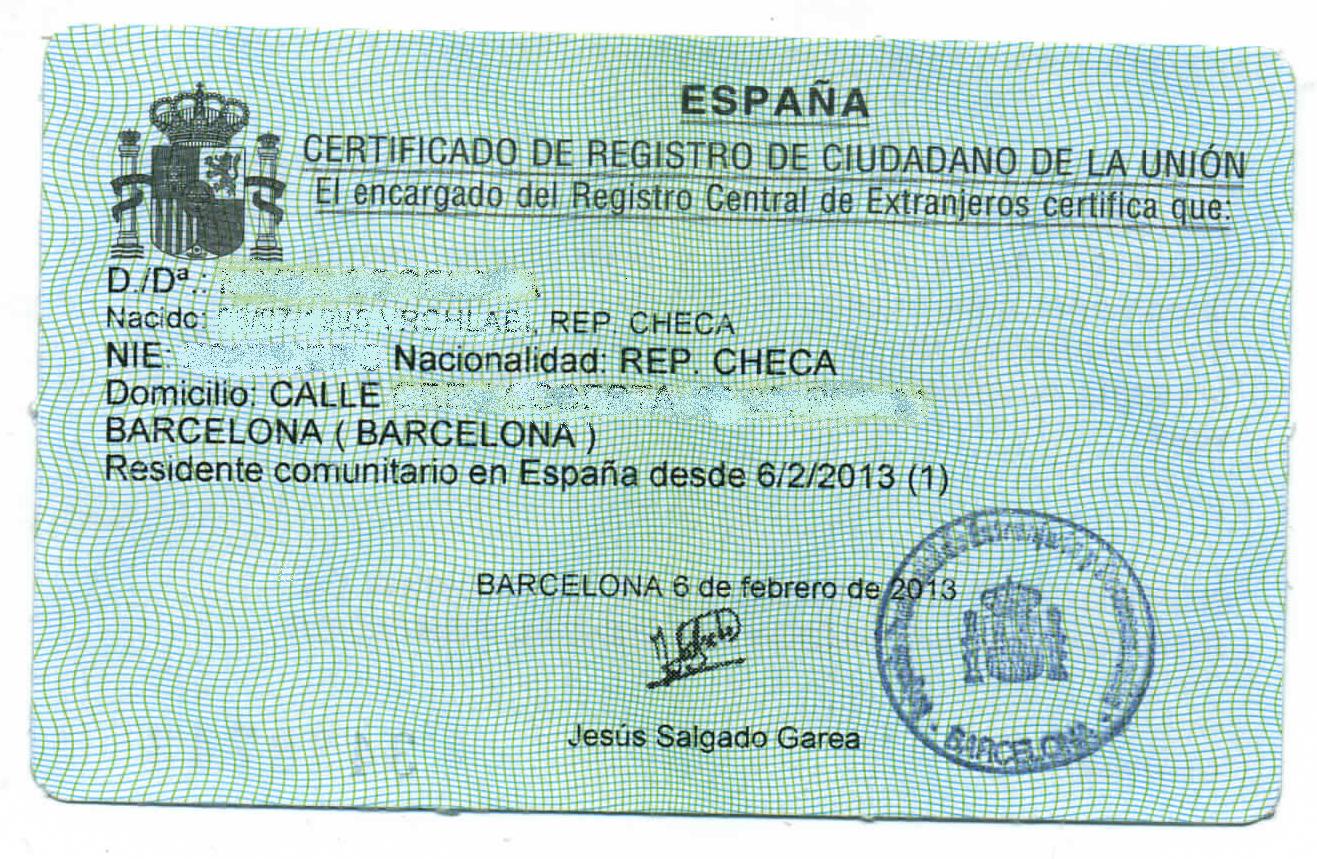If you’re moving to Barcelona, one of the biggest challenges you might face is negotiating the maze of bureaucracy which awaits you if you wish to become an official resident. This can be particularly daunting if you have children. In this post, ShBarcelona takes you through some of the main administrative procedures involving children that you will need to go through at some point during your stay.
Table of Contents
Registering as a resident and obtaining a NIE



Photo by Francesc_2000 via Visualhunt
The most important administrative procedure you will have to complete upon arrival in Barcelona is applying for and obtaining your NIE (Número de Identidad de Extranjero). Unfortunately, it is often the most tortuous. You need a NIE for just about everything in Spain, from getting a broadband or mobile phone contract to opening a bank account. If you have children, you will need to register them at the same time as you register yourself. Follow these tips for ensuring you obtain your child’s NIE as quickly as possible:
Get a cita previa
A cita previa is a private appointment at the Officina de Extranjeros (foreigners’ office) which can only be obtained through the SEAP website (select ‘Barcelona’ from the drop-down, followed by Certificados UE). You will need to enter your passport number to view available appointments. Appointments are not always available; if you receive a message that reads “En este momento no hay citas disponibles” (‘there are no available appointments at this time’), you will need to keep checking the website every day for new appointments. For this reason, obtaining a NIE is not something to leave until the last minute.
Address (Officina de Extranjeros): Rambla de Guipúscoa, 74
Get a babysitter



Photo by familymwr via Visualhunt
If you have childcare available, then make use of it. Don’t take your child with you to the Officina de Extranjeros office because the wait will be long. If your child is in school, make your appointment during school hours.
Have the correct documentation
You will need the following NIE application forms: EX-15 for yourself and EX-18 for your child. Fill in all the information in advance, and bring any original documentation requested, which will usually be: a work contract if you are working or proof of sufficient funds and appropriate health insurance if you are not; your passport; your child’s passport and birth certificate, which must have a date of issue of no more than one year from the date of application. Even if this sounds ludicrous, it’s necessary, so contact the necessary offices in your country of origin and arrange to have the birth certificate re-issued. All documents not in Spanish will need to be translated by a traductor jurado (official translator). You will also need photocopies of all documentation. Make sure you have all of this ready for your appointment in order to avoid delays.
Be prepared to wait
You will first need to wait for your appointment (even if you have a cita previa, you’ll still be given a number in the queue on the day); then you’ll need to go to the bank and queue to pay the registration fee; then you’ll need to go back to the Officina de Extranjeros and queue to prove that you have paid and only then will you obtain the holy grail that is the NIE. If you can’t avoid bringing your children to the appointment, be prepared to entertain your children for several hours in an office full of frustrated foreigners.
Related article: Common mistakes foreigners make when trying to get a NIE
Registering for healthcare and educational services



Photo by Oh-Barcelona.com via Visualhunt
In order to register your child with a doctor, you will first need to register with social services. In order to do this, you will first need to obtain a Padrón (residence certificate). So book an appointment at your local Ajuntamiento (town hall) and head down there with your NIE and rent contract in hand. Then, head on to the Instituto Nacional de la Seguridad Social (Social Security office), where you can be seen without a cita previa but it’s often quicker if you have one. Again, you will need all ID documents for you and your child, and there are yet more forms to fill in. Once you have registered, you will be sent a document which enables you to register with a doctor at your local health center and obtain a TSI (health card) for your child.
Address (Main Social Security office): Carrer de Sant Antoni Maria Claret, 9-11.
Related article: How to: get your empadronamiento
You can apply for a school place for your child at the Consorci d’Educació (Education Office). The deadline for applying for fully-funded places is March, to begin classes the following September, but you can get a partly-funded place as late as June. This process may involve a bit of a wait but is not quite so tortuous as the others. You will need to fill in the application form, list four local schools you would like your child to attend in order of preference, and provide your Padrón and proof of ID for your child.
Address (Consorci d’Educació de Barcelona): Plaça d’Urquinaona, 6.
If you’re feeling a little stressed at the prospect of so much paperwork, let ShBarcelona make your moving process less stressful by helping out to find your ideal accommodation in Barcelona.





















Leave a Comment